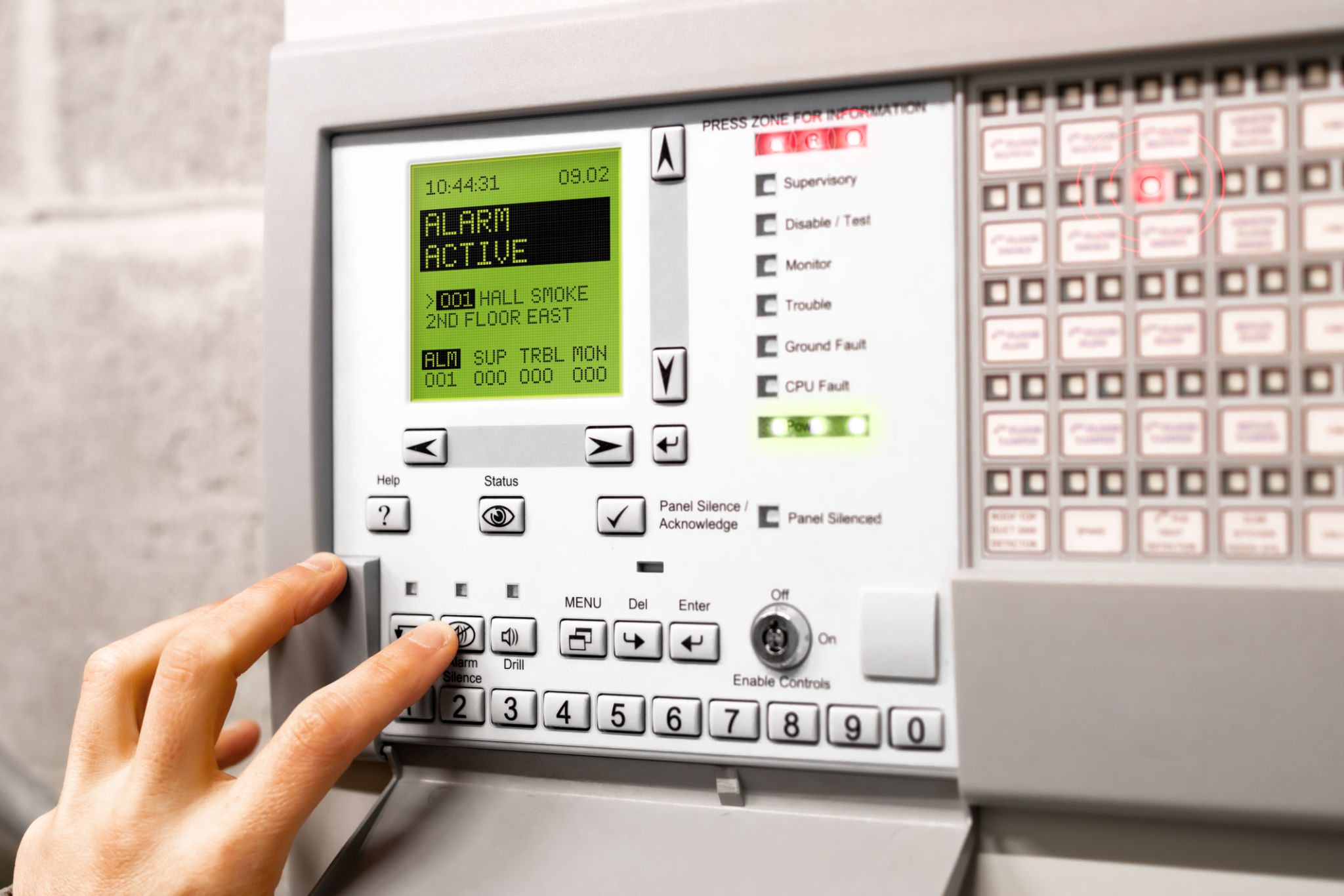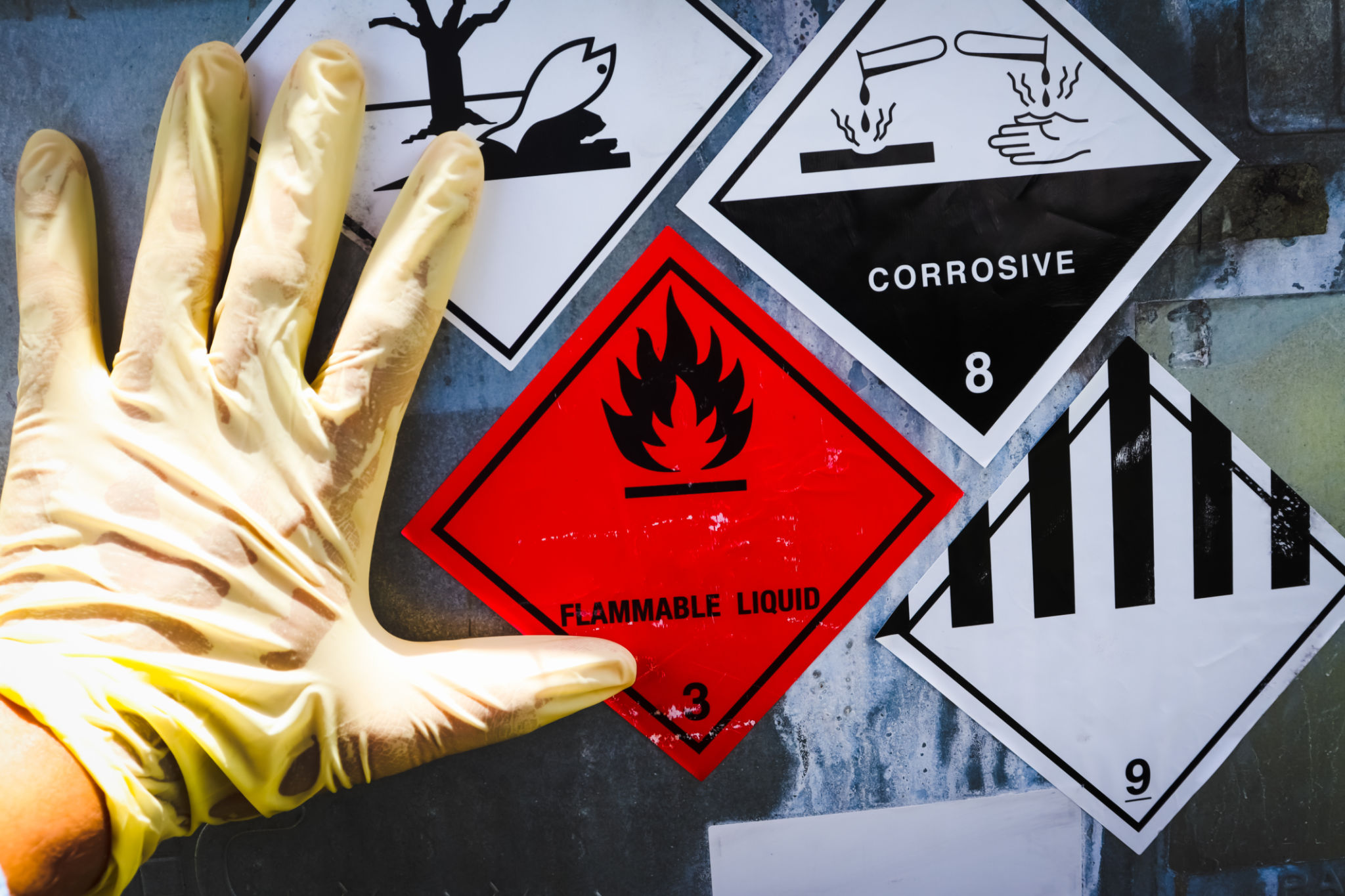Understanding Fire Alarm System Certifications: What They Mean for You
Introduction to Fire Alarm System Certifications
Fire alarm systems are critical components in safeguarding life and property from the devastating impact of fires. However, not all fire alarm systems are created equal. Understanding the various certifications associated with fire alarm systems can help you make informed decisions about the safety and compliance of your building. Certifications are essential as they ensure that the systems meet stringent safety standards and are reliable in emergency situations.

Key Fire Alarm System Certifications
There are several important certifications to be aware of when evaluating fire alarm systems. These certifications provide assurance that the systems have been tested and meet specific industry standards. Here are some of the most common certifications:
- UL Listing: Underwriters Laboratories (UL) is a well-known certification body that tests and certifies fire alarm systems. A UL Listed fire alarm system has undergone rigorous testing to ensure its performance and safety.
- FM Approval: Factory Mutual Global (FM) approval indicates that the system has been tested for quality and reliability. FM Approved systems are recognized for their ability to perform under challenging conditions.
- ETL Listed: The ETL Listing, provided by Intertek, certifies that the product meets applicable safety standards, similar to UL Listing.
The Importance of Third-Party Testing
Third-party testing is a critical aspect of fire alarm system certifications. It involves independent testing agencies evaluating the systems against established safety standards. This impartial assessment ensures that the fire alarm systems are free from manufacturer bias and meet recognized benchmarks for safety and performance. Relying on third-party certified products provides peace of mind to building owners, managers, and occupants.
Understanding Certification Labels
Certification labels on fire alarm systems can often be found on the equipment itself or within the product documentation. These labels indicate the type of certification the product has received and serve as proof that the system meets specified safety criteria. It is essential to verify these labels during the installation and maintenance of fire alarm systems to ensure ongoing compliance with safety regulations.

Benefits of Certified Fire Alarm Systems
Choosing certified fire alarm systems offers numerous benefits, including:
- Enhanced Safety: Certified systems have been tested for reliability, ensuring they function correctly when needed most.
- Regulatory Compliance: Many jurisdictions require fire alarm systems to be certified to meet local building codes and standards.
- Insurance Benefits: Buildings equipped with certified systems may qualify for lower insurance premiums due to reduced risk.
Maintaining Compliance Over Time
Once a fire alarm system is installed, maintaining its certification status is crucial. Regular maintenance and inspections are essential to ensure that the system continues to meet certification requirements. Building owners and managers should work with certified professionals to conduct routine checks and address any issues promptly. This proactive approach helps in sustaining compliance and ensuring the safety of occupants.

Conclusion
Understanding fire alarm system certifications is vital for anyone involved in building management or safety planning. These certifications provide a reliable measure of a system's effectiveness in protecting lives and property. By opting for certified fire alarm systems and maintaining their compliance, you can significantly enhance the safety and security of your building, providing peace of mind to all its occupants.
